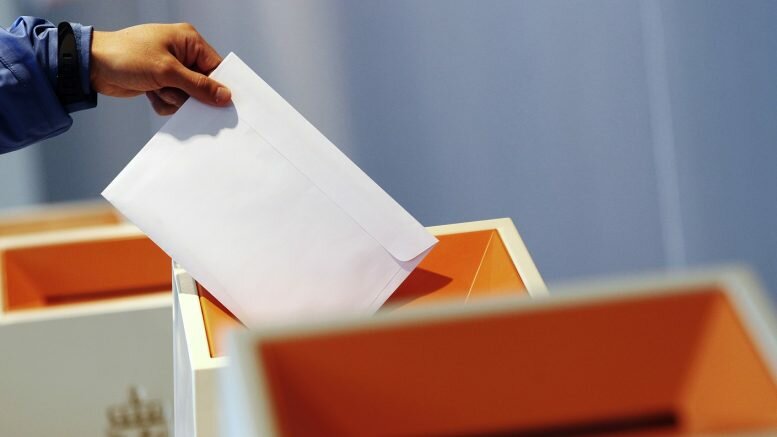More than 225,000 Norwegians have pre-voted for the general elections
Two weeks after the start of advance voting, 225,677 Norwegians have used the opportunity to do so. This year’s parliamentary elections may reach the 2013 pre-voting record, when around 855,000 votes were cast in advance.
‘We’ve seen that pre-voting is very popular. There is reason to believe that there will be a lot of it this year too,’ said the Advisor to the Norwegian Directorate of Labour, Lise Merkesdal.
Several municipalities reported increases compared to previous elections. Customarily pre-voting will also step-up as election day approaches.
If one has pre-voted, it isn’t possible to vote again on the election day.
Two Day Options
The majority are still waiting for election day to vote. 173 municipalities, including the cities of Oslo, Trondheim, Stavanger and Tromsø,
have two-day elections this year. In these places, one can vote on Sunday the 10th, and Monday the 11th of September.
‘In the Electoral Act, it’s stated that municipalities can choose whether they use one or two days. So we leave that up to them’, said Merkesdal.
This year’s election is the first to be carried out by the Election Directorate, which was created on the 1st of January last year. The Directorate is responsible for the practical implementation of the election process, providing information to voters, municipal and county education, evaluations, and operational management of the EVA electronic election management system.
‘The biggest challenge is that many of us are new to this. We’ve had a steep learning curve’, laughed Merkesdal.
Internet voting has been put on ice
Several countries have used internet voting, but it’s only been at the trial stage in Norway. In the elections of 2011, and 2013, selected municipalities participated in a pre-voting on the internet. The project was then stopped.
‘The reason is that there was no broad political agreement on this. Therefore, it was decided to put it on ice for the time being’, said Merkesdal.
Electronic voting makes it easy to count votes, and has several administrative benefits. The drawbacks are the increased possibility of electoral fraud by using fake voting machines, or hackers making malicious attacks. Additionally, errors might occur in programs, either through incorrect usage, or power failure.
However, Merkesdal is confident that data ballot-paper counts will go well.
‘We’ve worked with this a lot. NSM (National Security Authority, red.anm) have tried to penetrate our systems without detecting any major mistakes or gaps’, she said.
Remember your ID!
Voters must go, physically, to one of the 2,134 polling stations that have been created. All voters have been sent electoral cards with information about which station to use on election day. But if you forget your card, don’t despair. So long as you have your ID, you’ll get your vote.
‘But remember that the voting card doesn’t apply as a credential, or as an ID card,’ emphasised Merkesdal.
At the same time as the parliamentary elections, extraordinary municipal council elections will be held in Tjøme and Nøtterøy in addition to the election of parliamentary representatives.
© NTB Scanpix / Norway Today





